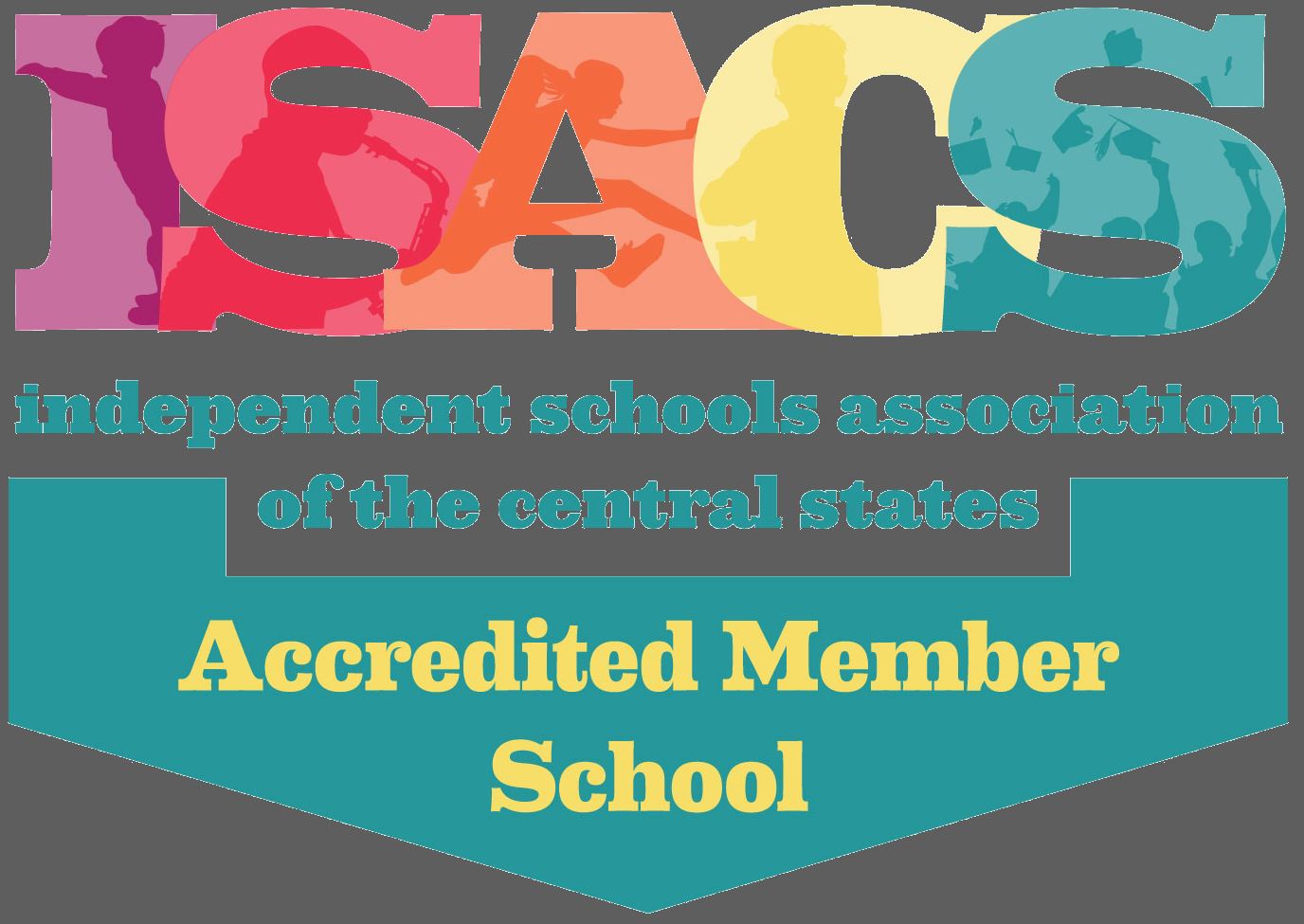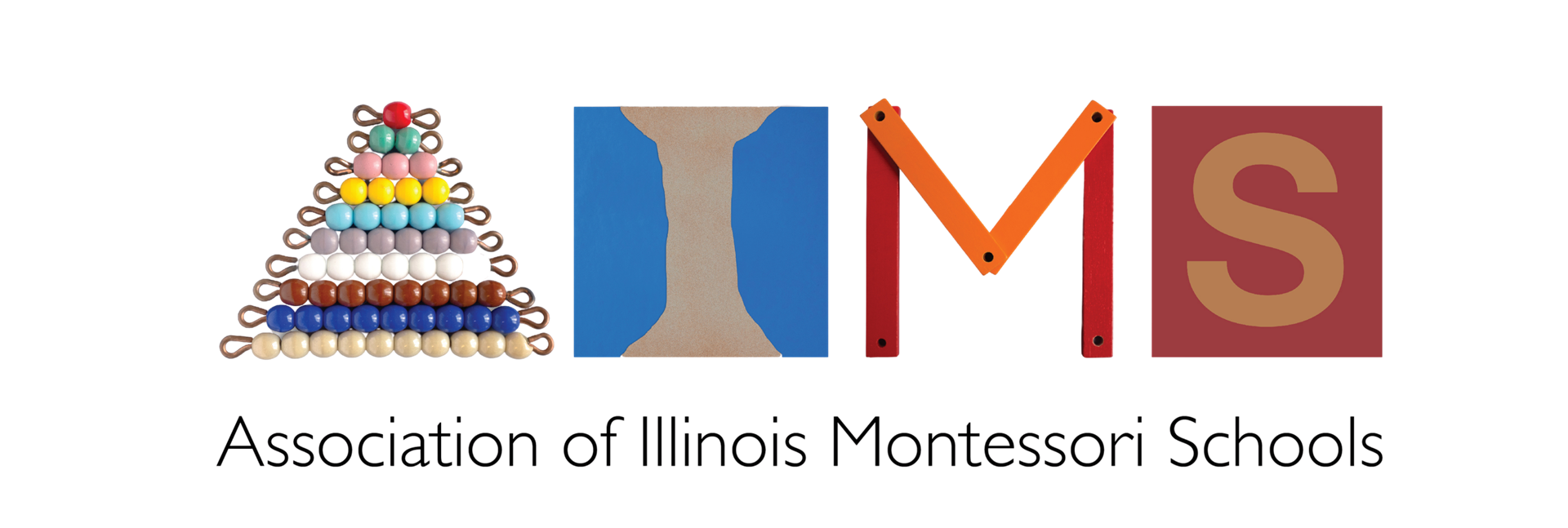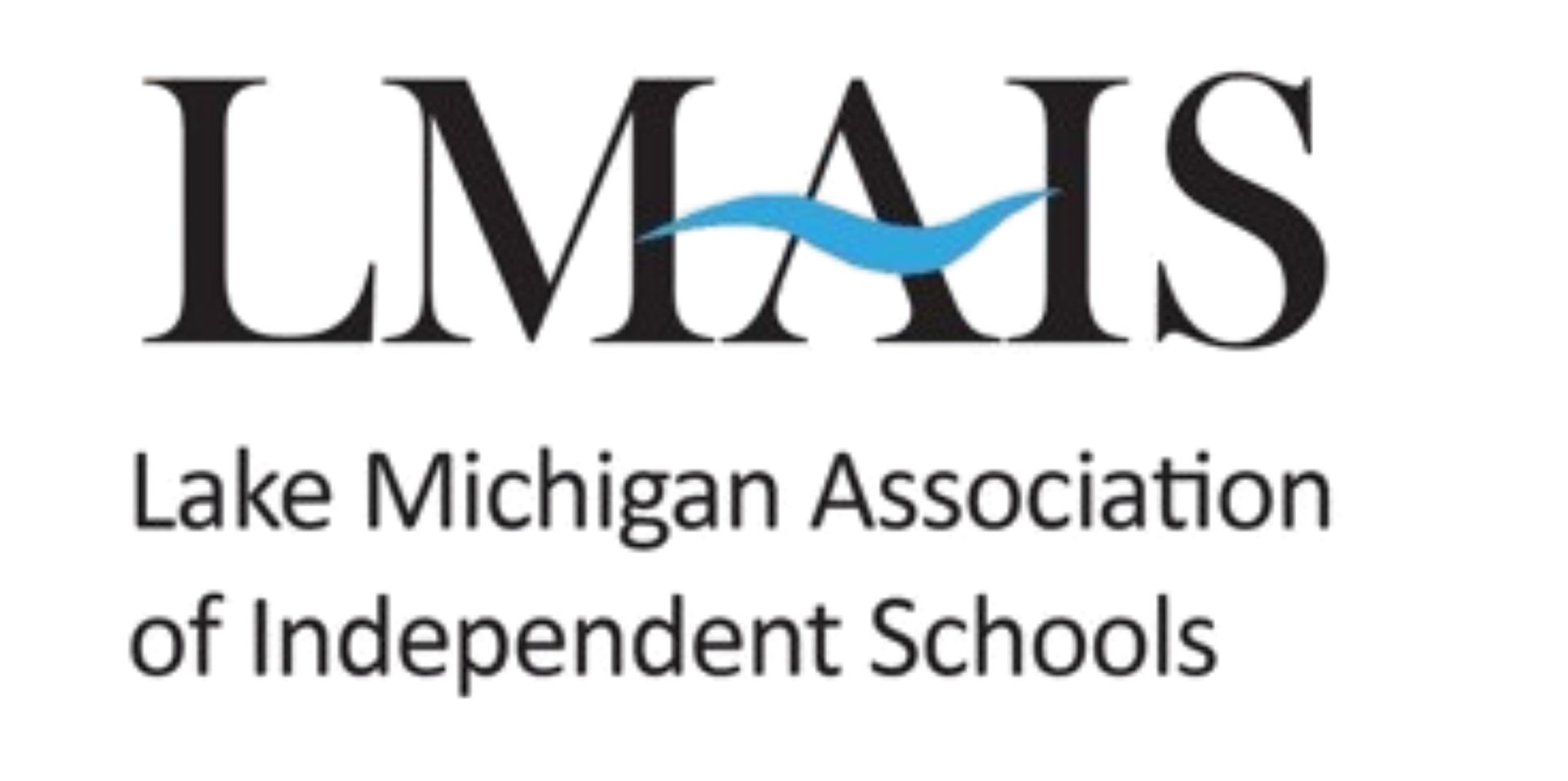Principal's POV: Collaborative Communicaiton
“The development of language is part of the development of the personality, for words are the natural means of expressing thoughts and establishing understanding between people.”
“If intelligence is the triumph of life, the spoken word is the marvelous means by which this intelligence is manifested.”
-Maria Montessori
At Rogers Park Montessori School in Andersonville, “communication” is an important part of nearly every classroom experience. As a student moves through the program, teachers guide them towards proficiency in communicating with voice, body, and attention. This looks different for a Toddler than a 7-year-old, and different still for a graduate standing on stage in May.
“Stemming from the Montessori lesson of Grace and Courtesy, each year we discuss with the students the importance of making eye contact, which we practice each day during our morning routine,” explains Jacqueline Bauer, Lower Elementary Head Teacher. “Every morning, each person in the room is recognized with a greeting by every other person in the room, which may be as simple as ‘hello’.”
Intentional lessons in the Lower Elementary 6 - 9 Program also introduce how communication is an important part of daily work. The student is taught to recognize different situations and how communication looks in each part of the day. Voices are very different within a lesson, than during Circle time, and Circle time communication is very different than on the playground. In the beginning of the year, the teacher takes time to model for the children the communication style that best fits each setting.
Another important aspect of communication in the elementary programs surround the changes in the social development of the students. As they enter the 6 – 9 classrooms, students are developing a new sense of justice in friendships, what is right and what is wrong, and begin to use communication to explore those concepts. The younger students begin to view interactions with questions like “Was that fair? Is this right?” when they are in conflict. They are guided to have a conversation with each other to see how they can come to a conclusion and understand why they each chose their actions. Language is an important part of peace talks, with the teacher helping each child explain what they need and how each can acknowledge that need. A student is guided to find the words to say “I need time to focus on my own work before socializing”, and the other person can reply “I can see that you need more time for yourself” and asks “Is there anything that I can do for you?”
“This week, I had the joy of watching one of my third-grade students, and observing their progress in communicating from 1st grade to 3rd grade,” exclaimed Jacqueline. “As a first grader, this student came very shy and withdrawn, and was not at all ready or comfortable to stand in front of the class and speak. This week, my student stood in front of everybody and presented a project that they had worked on for several days. With a big smile and strong voice, when asked questions, the speaker was engaged and outgoing, and showed a tremendous amount of confidence in front of the class. Building this confidence and finding roles in leadership to speak and model for younger students is a continuous cycle in our classroom community that is delightful to witness.”





